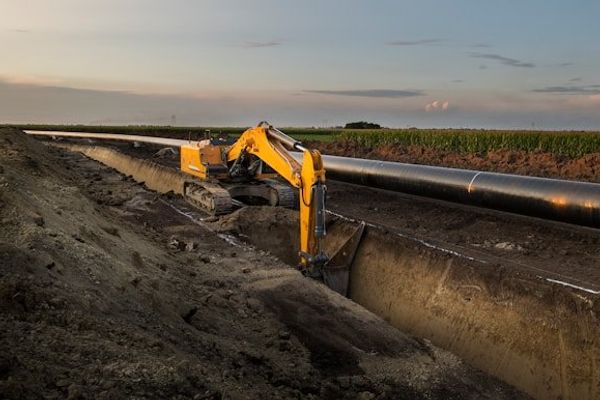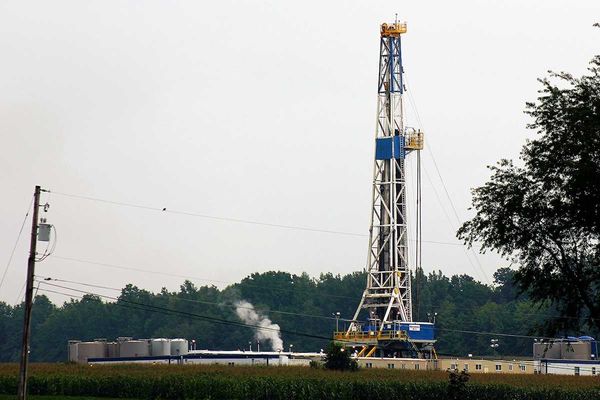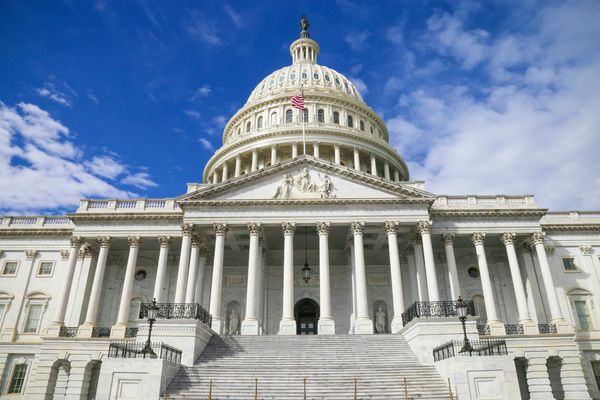fracking
This former oil worker is now exposing dirty methane emissions
After fracking fouled her air and water, Sharon Wilson devoted her life to documenting the emissions fueling the climate crisis.
Credit: Anatoly Maltsev/Unsplash
Republican split widens as Texas regulator bashes carbon capture
A growing number of GOP elected officials question the use of carbon capture and storage for oil and gas projects.
Newsletter
Credit: Getty Images/Unsplash+
Property battles could slow Trump’s pipeline ‘tsunami’
Resistance from landowners is visible across the country as companies pursue new oil, gas and carbon projects.
Newsletter
Credit: Photo by Brad Weaver on Unsplash
Pipeline project breaks through in once-resistant Northeast
A gas pipeline championed by President Donald Trump cleared permitting hurdles in New York and New Jersey, reflecting a political shift.
Newsletter
Credit: Louis Velazquez/Unsplash
Senate nixes management plans to open access for fossil fuels
Lawmakers used the Congressional Review Act to repeal Biden-era plans that had restricted coal, gas and oil leasing. Critics say the move could lead to chaos and “an endless cycle of litigation.”
Newsletter
Credit: Ambre Estève/Unsplash
New report examines fossil fuel ties of dozens of Trump administration hires
Public Citizen and the Revolving Door Project found 42 former fossil fuel industry employees among nominees and appointees to agencies charged with enforcing energy and environmental policy.
Newsletter
Credit: Brad Weaver/Unsplash
Scientists find evidence that a Pennsylvania town's water was contaminated by fracking
Three years after noticing discoloration and odors in their wells, residents in New Freeport are still fighting for clean water.
ORIGINAL REPORTING
MOST POPULAR
CLIMATE
















